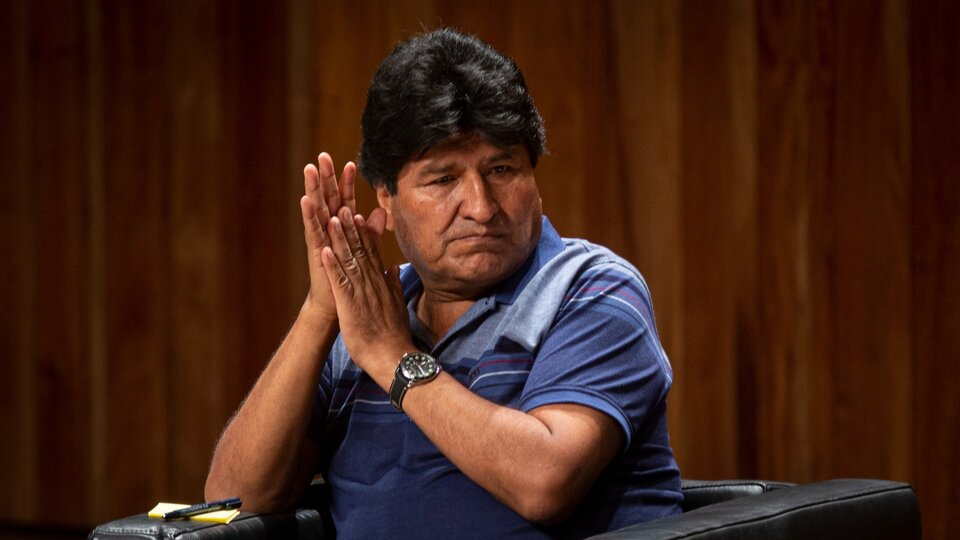IOUs about to be 400 years old went on sale yesterday on the New York Stock Exchange. This is the title of the “Hoogheemraadschap Lekdijk Bovendams (NLD)”, issued in 1624 to finance repairs to flood defenses on the River Lek, south of Utrecht.
According to the Financial Times and the Guinness World Records website, for these bonds “the holder was entitled to an annual interest payment of 2.5% of the principal amount (which was 1,200 Dutch guilders).”
In 2018, as a result of “the effects of 394 years of inflation and currency changes, the bonds pay only about 15 euros ($16) annually.”
“When a company issues a bond, it sells a sample of its debt to the buyer (or holder) of the bond. The buyer can keep it, collecting the premiums and interest, or it can sell it to someone else (who will then receive the payments). Bonds are tradable financial instruments,” he explained. It can be resold an unlimited number of times.
“Most bonds have a maturity date, at which the issuer must pay the principal (the original value of the bond). However, a 1624 bond is what is known as a perpetual bond; it gives its holder the right to pay interest every year, which expires only if the issuer defaults Pay off his debts.
Although the Hoogheemraadschap (Water Board) Lekdijk Bovendams no longer exists, its assets and liabilities (including those specified in the 1624 deeds) were transferred to its successor organizations, and today it is administered by the Hoogheemraadschap De Stichtse Rijnlanden (established in 1994) Responsible for flood defenses around Utrecht (including lek dykes).”
As explained, “the original purchaser of the bond was a Dutch woman named Elsjen Jorisdochter. The reward was passed down from generation to generation. In 1938, one of Jorisdokhter’s descendants presented the bond to the New York Stock Exchange, which still holds it.
It was highlighted in the Financial Times that “first, about a third of the Netherlands lies below sea level, and second, it is perhaps the leading country in capitalism and modern finance.”
“To maintain the chain of dams and water barriers necessary to prevent constant flooding, local rulers, farmers, clergy, and merchants established a series of regional water councils called the Hoogheemraadschap, or ‘supreme water authority.’” The Netherlands was far ahead of the rest of Europe in financial matters, so it issued several Boards bond to pay for construction and repair costs.
“The Hoogheemraadschap Lekdijk Bovendams – which, as its name suggests, was responsible for a 32-kilometre stretch of the Lek River, a branch of the Rhine – borrowed 1,000 Carolus florins from a local businessman called Niklas de Meyer.”
“In exchange for money to build some terraces, he (or the holder of the goatskin bond) was promised an annual interest rate of 5% in two semi-annual payments of 50 guilders on November 15 and May 15, until the end of days,” he explained.
“It was acquired by Yale finance professor Geert Rwenhorst on behalf of the university’s International Finance Center for €24,000 in 2002, meaning its current annual return is about 0.05%,” they noted. “This may seem very small, until you remember that it is “It outperforms the negative performance of many other highly rated European bonds over most of the past decade.” “Periodically, Yale sends an emissary to collect accrued interest and keep the bond alive,” he concluded. Robin Wigglesworth.

:quality(85)/cloudfront-us-east-1.images.arcpublishing.com/infobae/MPM7P66EIJE63D5QYBKYSOVRFQ.jpg)
:quality(85)/cloudfront-us-east-1.images.arcpublishing.com/infobae/2PTHUMDREBDPRI33S56DBHZCSQ.jpg)


